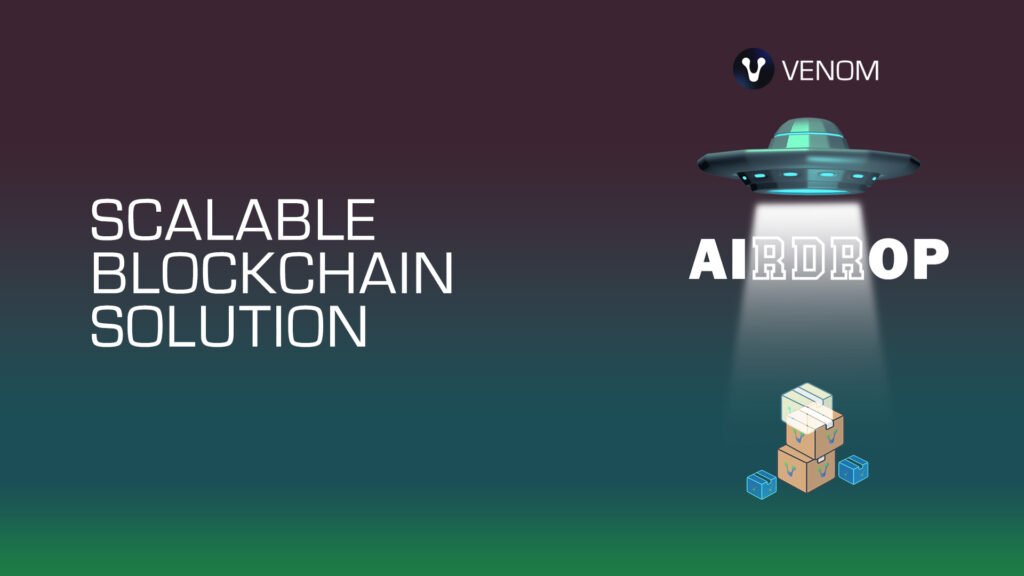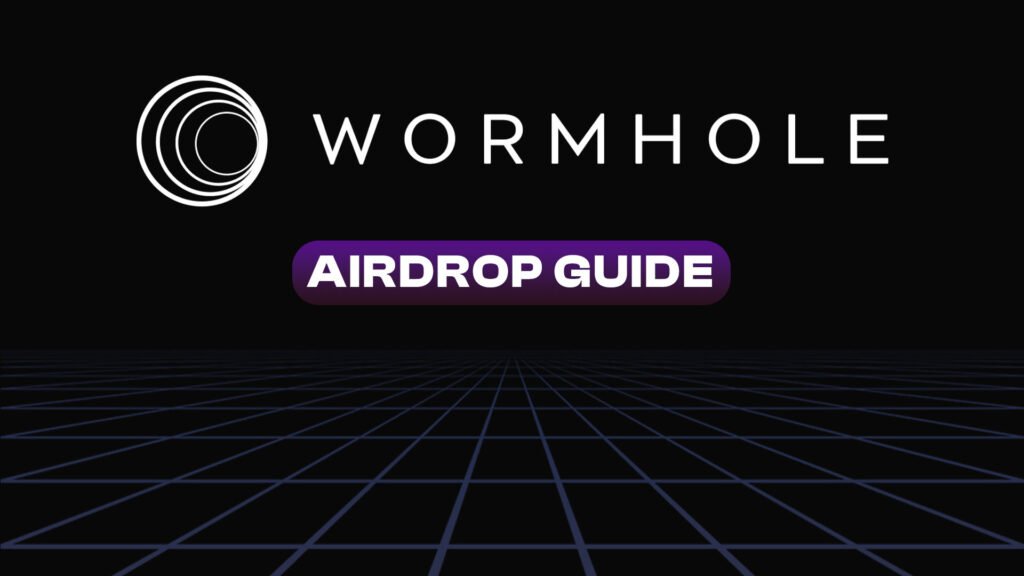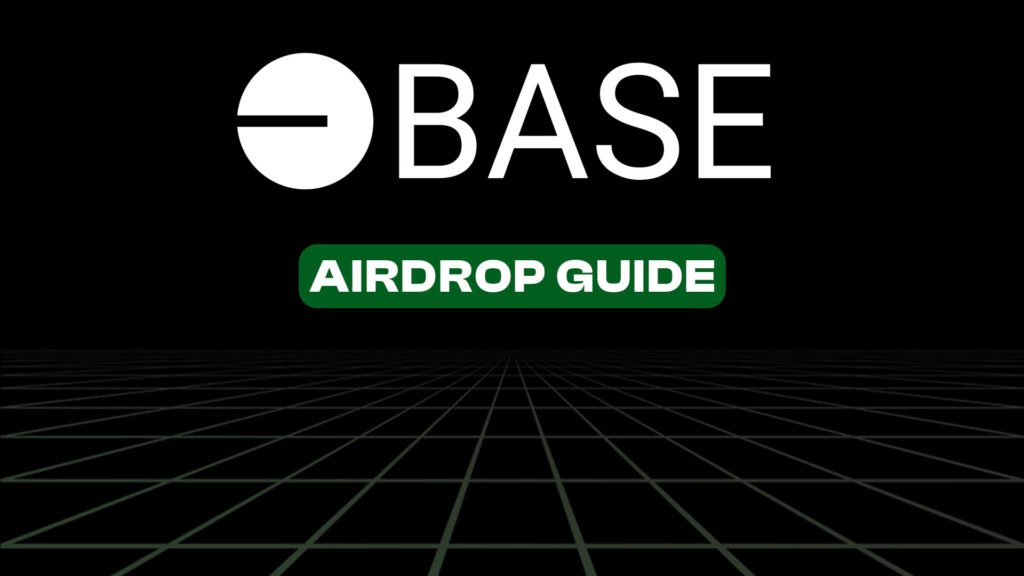Polygon Airdrop (2023): Steps to Get FREE Polygon zkEVM Airdrop
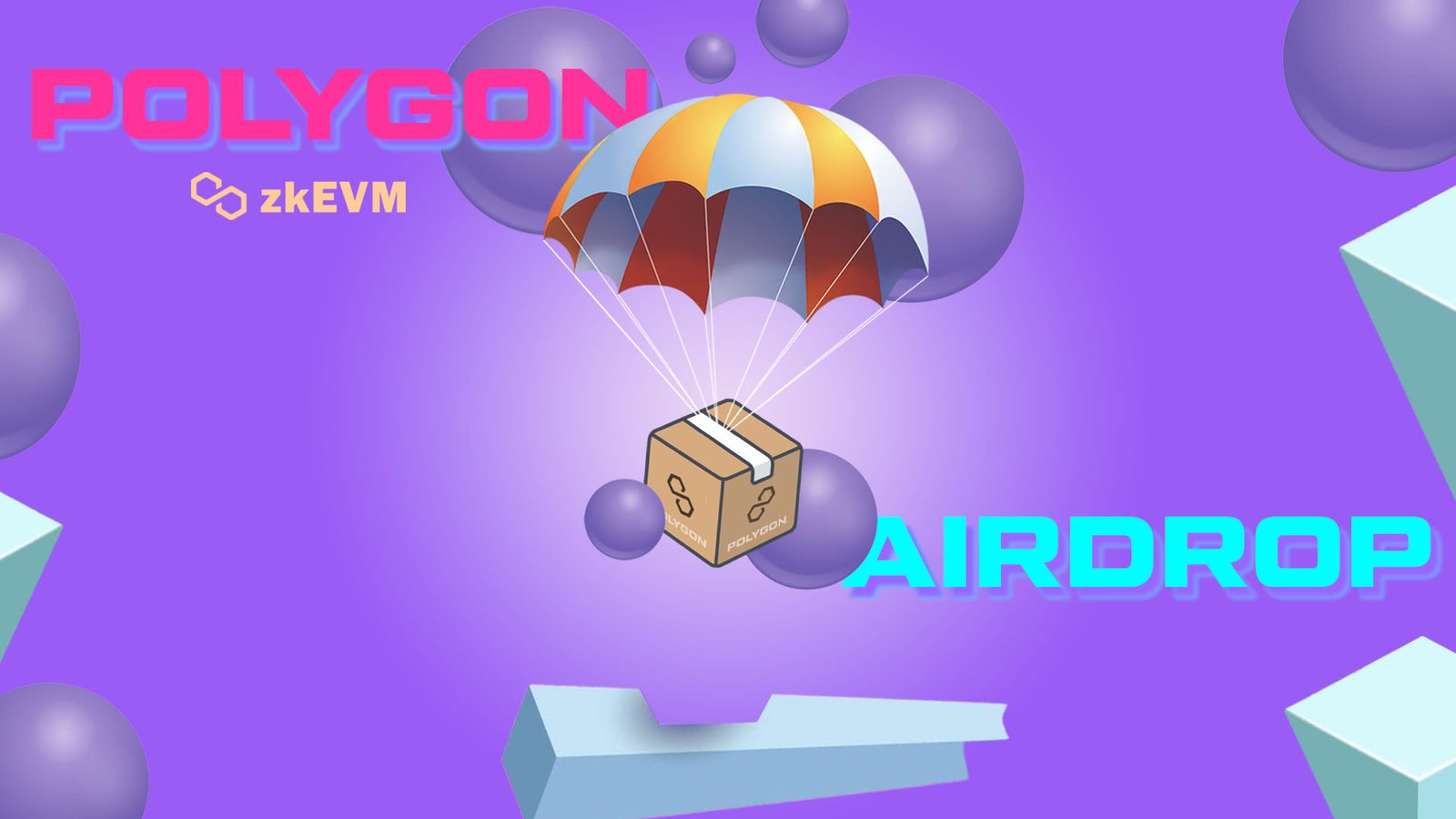
Polygon, initiated in 2017 by Matic Network, is a layer-2 blockchain designed to address Ethereum’s scalability issues. It serves as a scaling solution to improve Ethereum’s performance.
Polygon zkEVM is a specific technology implemented by the Polygon team, aimed at further improving the efficiency and scalability of Ethereum.
At present, no official announcement has been made regarding an airdrop; however, the tweet shared by the CEO of Polygon Technology ignited speculation within the community about the possibility of an upcoming Polygon airdrop.
This article will guide you through the necessary steps to position yourself ahead for a potential airdrop opportunity.
What is Polygon zkEVM?
Polygon zkEVM is a zero-knowledge proof cryptographic technology that is compatible with the Ethereum Virtual Machine (EVM), which is the standard format for Ethereum’s mainnet for the execution of codes and smart contracts.
The technology aims to improve the overall performance of Ethereum’s decentralized applications by bringing higher transaction throughput and secure transactions with lower transaction fees.
ALSO READ:
Is Polygon Airdropping its native token?
Polygon had taken a significant step in the market by introducing its circulating tokens. However, there was widespread uncertainty within the community regarding the possibility of an airdrop for Polygon zk-EVM.
In a notable development, Sandeep Nailwel, the CEO of Polygon Matic, recently hinted on Twitter, stating, “There is no rule that an existing token can’t do a massive airdrop”.
This statement from the Polygon team is noteworthy, indicating a high likelihood of a substantial airdrop in the near future.
When is Polygon Airdrop expected to occur?
Currently, there has been no official announcement regarding a Polygon airdrop. The notion of an airdrop remains speculative within the community at this time.
Ethereum is used for transaction fees in the Polygon zkEVM ecosystem. Following the trend of other zk narratives, Polygon may introduce a dedicated token specifically designed for the Polygon zkEVM ecosystem in the future.
How can you qualify for the potential Polygon Airdrop?
The Polygon zkEVM is currently in a testnet phase. Users need to use the testnet as much as possible for the betterment of the ecosystem.
The steps below must be completed in order to be in a good position for a potential Polygon zkEVM airdrop.
You will need transaction fees to complete the following steps. If you are a beginner, you may read our guide on Linea Airdrop, which is completely free.
Note: The overall process may be time-consuming as the Polygon zkEVM is still in its beta stage.
Step 1: Link Polygon zkEVM network to MetaMask
In order to complete the following steps, you will need to establish a connection between your Metamask wallet and the Polygon zkEVM network.
To do so, head to chainlist.org, where you can connect your wallet to the platform. Once connected, simply use the search bar to locate the Polygon zk-EVM network and establish a connection.
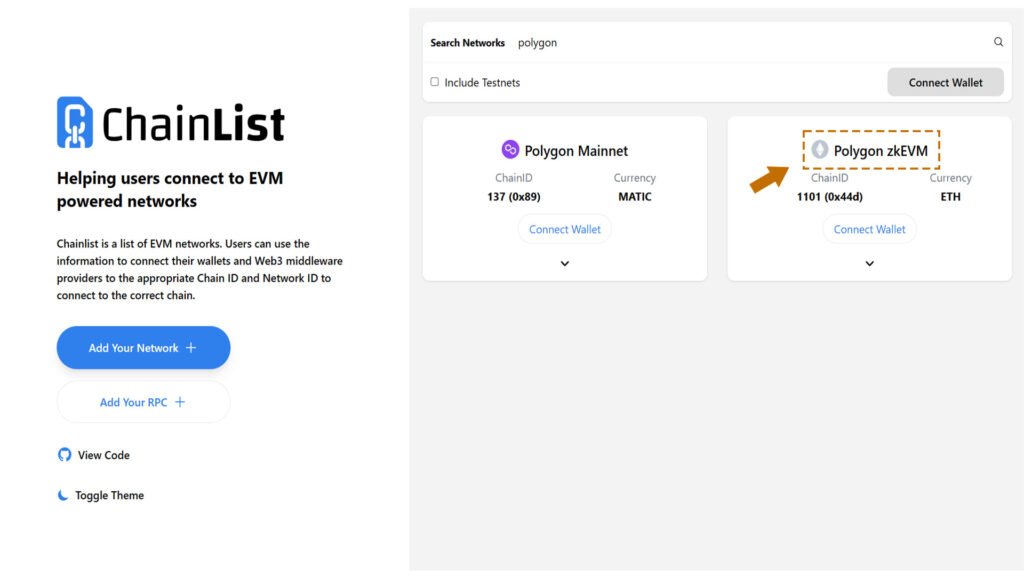
Step 2: Interact with the bridge
The bridge protocol facilitates the seamless transfer of digital assets across diverse blockchain networks.
Currently, there exist multiple bridge options specifically designed for the Polygon zk-EVM network.
Engaging with the bridge implementation deployed on the Polygon zk-EVM network will likely increase your chances of winning an airdrop. You may go with the following bridges:
Note: Make sure to set up your Metamask wallet’s network to the zkEVM network.
Polygon Bridge
The Polygon Bridge is the dedicated bridge solution deployed by the Polygon zk-EVM network.
To proceed, go to Polygon Bridge and establish a connection between your wallet and the website. Once connected, locate the bridge option and initiate a transaction by sending a certain amount of Ethereum to the zkEVM network.
Note: The bridging process may take some time due to high congestion in the network.

LayerSwap bridge
An alternative bridge available for the Polygon zkEVM network is the Layer Swap Bridge, which offers the advantage of lower gas fees compared to the Polygon Bridge.
To proceed, visit “https://layerswap.io/”. There you will see “From” and “To” options. Choose the “Binance” and “Polygon zkEVM” options, respectively. From there, you can initiate the bridging process by transferring a minimal amount of Ethereum.
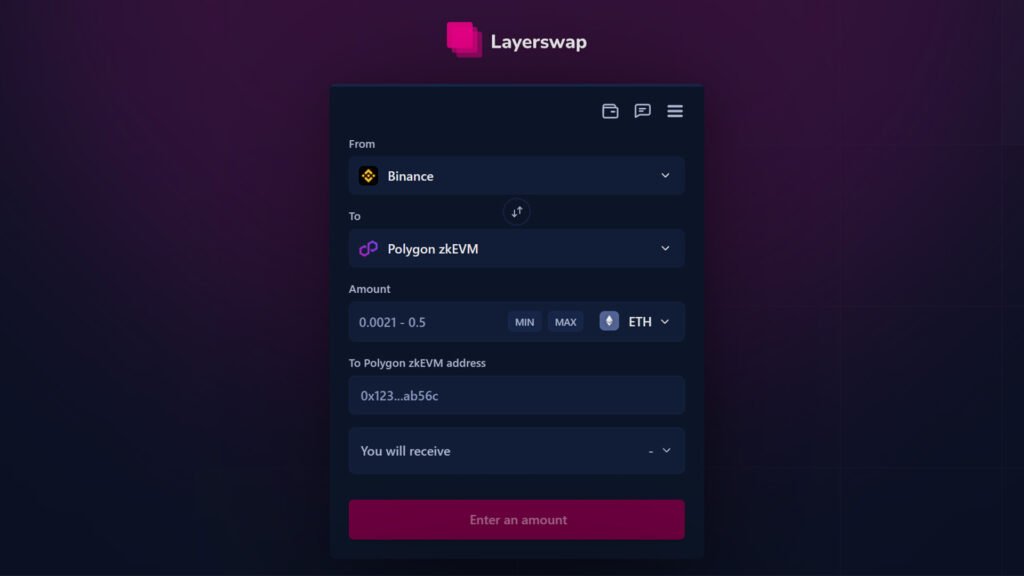
Orbiter finance
Orbiter Finance presents an additional bridge solution built on the Polygon zkEVM network. To proceed, visit “https://www.orbiter.finance/” and choose the option to bridge Ethereum from the “BNB chain” to “Polygon zkEVM”. From there, you can initiate the bridging process by transferring the desired amount of ETH.

Step 3: Interact with dApps
Decentralized applications (dApps) are one of the core elements of the blockchain’s ecosystem. There are various dApps based on Polygon zkEVM; make sure to interact with as many as possible. A few are listed below:
Decentralized exchange
Navigate to Quickswap and establish a connection between your wallet and the platform. Once connected, change the network settings to Polygon zkEVM on the website.
Now, utilize the bridged ETH to execute a swap transaction from “ETH” to “USDT”. As you proceed with the swap, a confirmation prompt will appear on your wallet’s dashboard. Make sure to review the details and confirm the transaction accordingly.
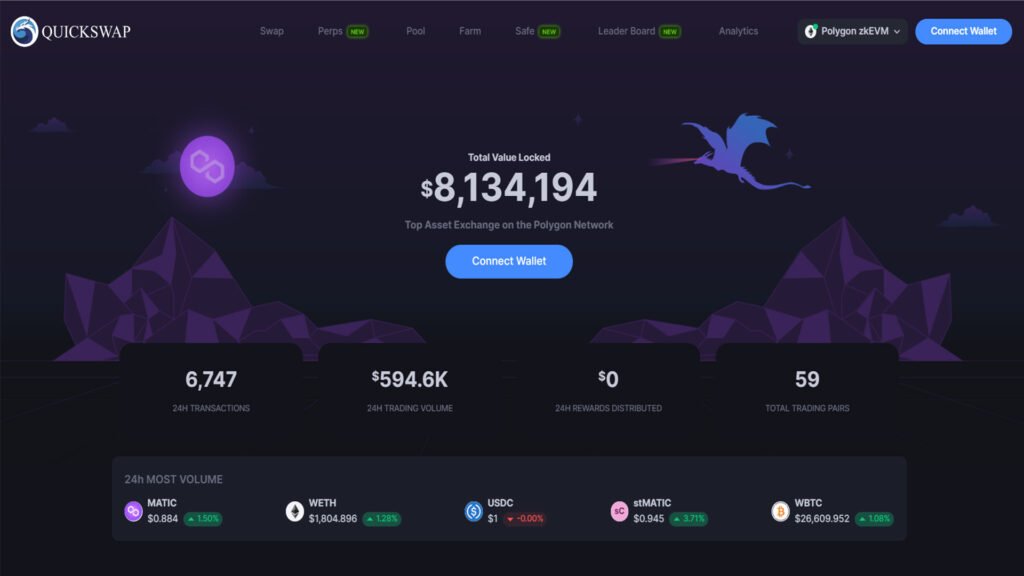
You may want to learn about earning passive income through crypto lending.
Lending & Borrowing platform
To get started, visit “https://app.0vix.com/” and establish a connection between your wallet and the platform. The initial step involves supplying a certain amount of Ethereum. Subsequently, proceed to borrow some MATIC tokens.
Once the borrowing is complete, you can proceed to withdraw the borrowed assets. Following that, you can also withdraw the supplied Ethereum assets.
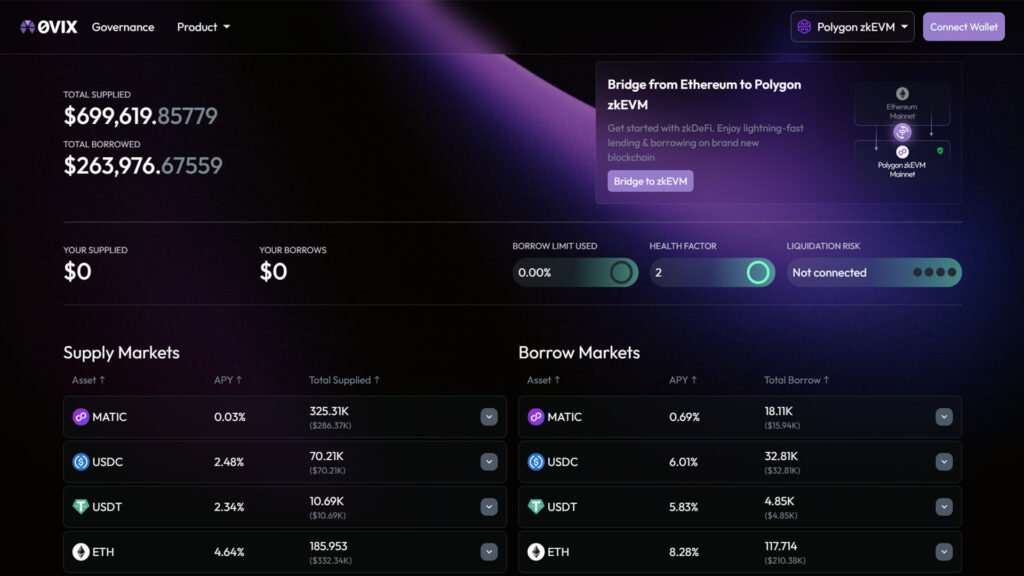
NFT marketplace
Visit Zonic, an NFT marketplace, and establish a connection between your wallet and the platform. Choose the Polygon zkEVM chain as your network of choice.
Engage in the acquisition of low-cost NFTs and then the sale of those NFTs. This interaction allows you to actively participate in the ecosystem.
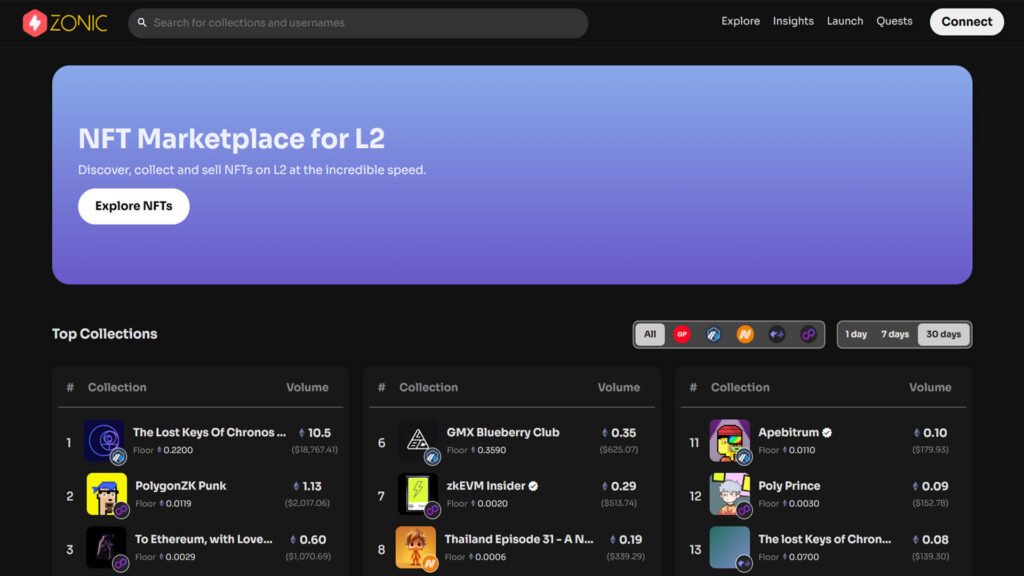
Final Thought
By following the outlined steps, you would have covered crucial aspects associated with Polygon zk-EVM integration.
The zkEVM narrative technology is currently in its early stages, and it holds the potential to become a significant part of the crypto community in the near future.
[convertful id=”201872″]
Thus, engaging in the testnet can be advantageous, allowing you to be part of this emerging technology. Furthermore, in the event of a Polygon zkEVM airdrop, it could potentially yield substantial financial rewards.
However, it is essential to note that all these steps and expectations are based on community speculation, as no official announcement has been made by the Polygon team.
Disclaimer: This article is not intended to provide financial advice. Investing in the cryptocurrency market can be risky, and individuals should assess their risk tolerance before making any decisions.
